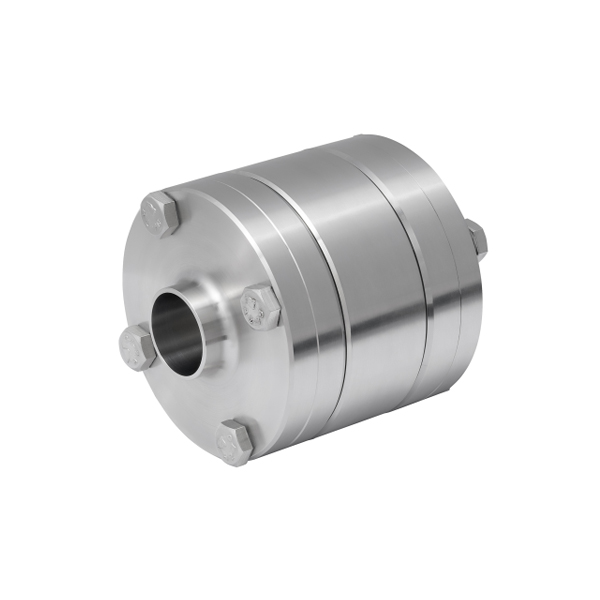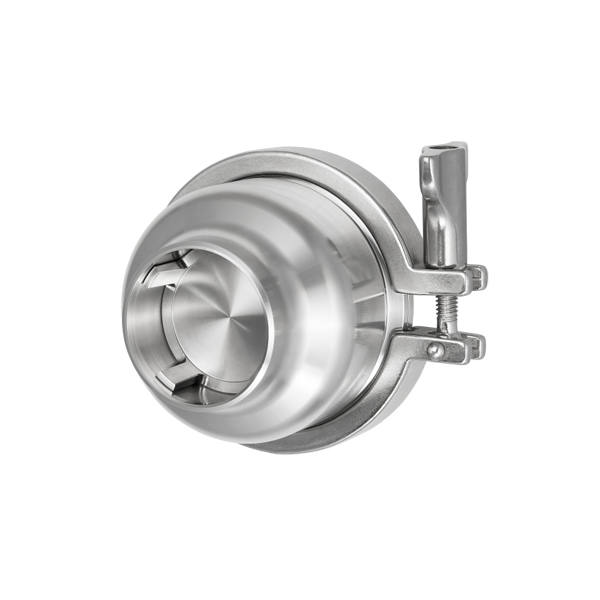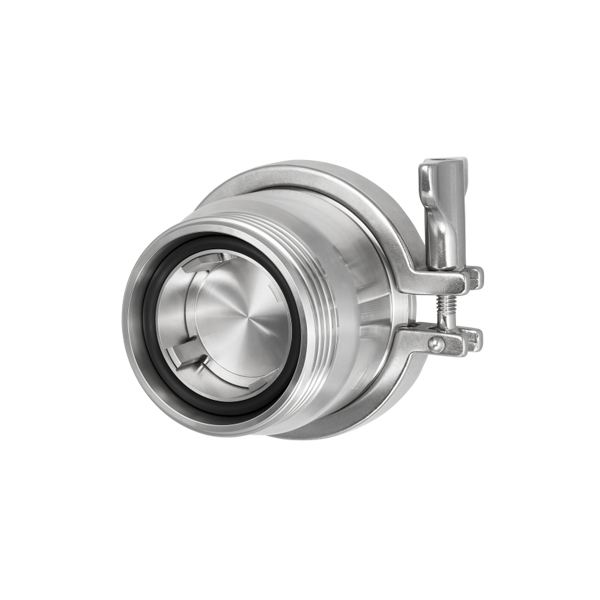Our experts are just a call away. Contact us now for immediate assistance and personalized solutions!
A non-return valve, also known as a check valve or one-way valve, is a mechanical device designed to allow fluid (liquid or gas) to flow in one direction only. It prevents backflow or reverse flow of the fluid, ensuring that it can’t travel back through the valve in the opposite direction.
Non-return valves are essential components in various systems to maintain the intended flow direction and prevent undesirable consequences like contamination, damage, or loss of efficiency. These valves are often used in plumbing, industrial processes, and fluid transportation systems.
There are different types of non-return valves, including:
Swing Check Valve: This valve uses a hinged flap (the “swing”) that swings open when the fluid flows in the desired direction and closes when there’s reverse flow or pressure change.
Ball Check Valve: A ball sits within the valve’s housing. When the fluid flows in the correct direction, the ball is pushed aside, allowing flow. If the flow reverses, the ball is forced back into its seat, preventing backflow.
Piston Check Valve: This valve uses a piston that moves within a cylinder to control the flow direction. When there’s forward flow, the piston is pushed open, and when the flow reverses, the piston closes to block the flow.
Diaphragm Check Valve: A flexible diaphragm separates the flow and closes to block reverse flow. When forward flow occurs, the diaphragm flexes open, allowing passage.
Lift Check Valve: In this design, a disc-like element (the “lift”) is lifted off its seat by forward flow. When the flow direction changes, gravity and/or spring force cause the disc to close and prevent backflow.
Non-return valves serve critical roles in various applications, such as preventing contamination in water supply systems, maintaining pressure in industrial pipelines, ensuring the proper functioning of pumps, and preventing damage to sensitive equipment from reverse flow. They are designed based on the specific requirements of the system and the type of fluid being transported.




